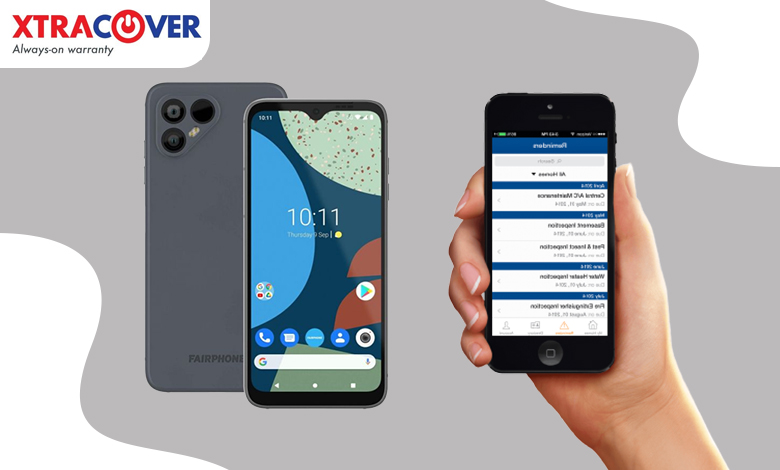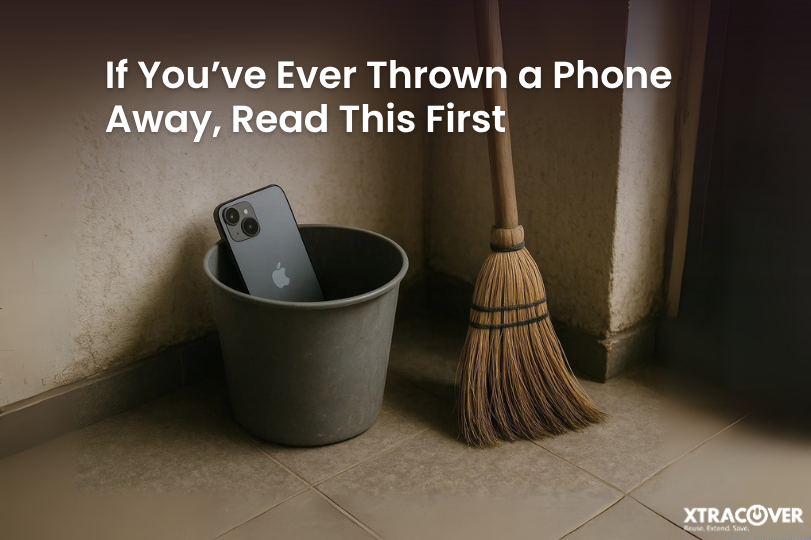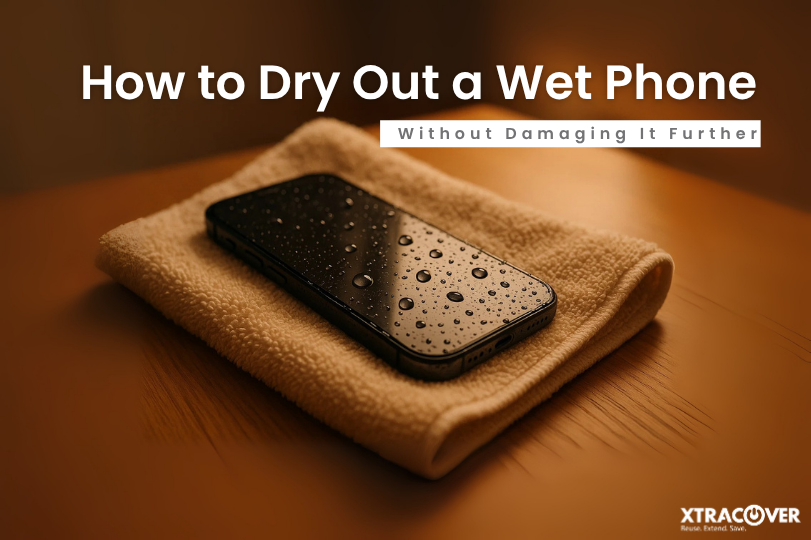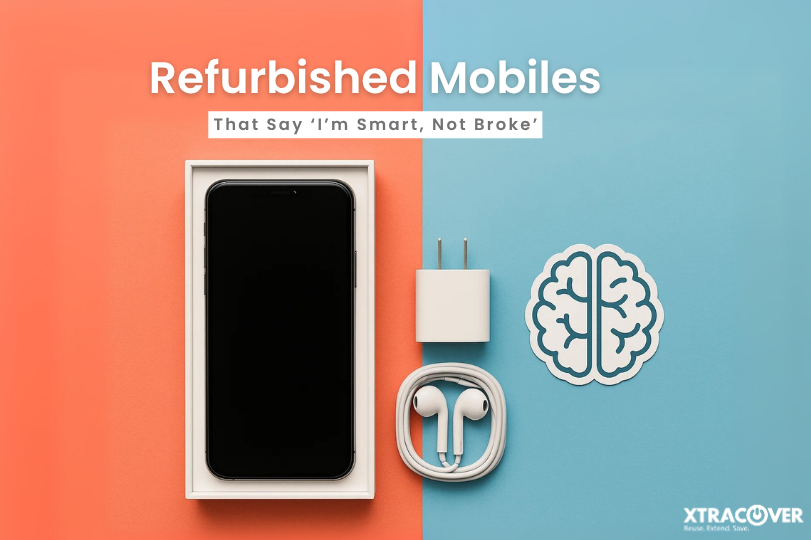People are unaware of the cell phone sector’s negative ramifications. With more than
60% of the planet’s population having smartphones, the possibilities for trash, energy
consumption, input materials consumption, and atmospheric carbon output are enormous.
So, which option is more environmentally friendly? Is it a fair phone or a used phone?
Let’s talk about Fairphone and understand how it works:
– Sourcing in a Sustainable Way
The Dutch cell phone company is an environmentalist, using recycled and fair-trade
components in their gadgets. The bulk of handset makers get their crude ingredients
from resource extraction corporations, which are notorious for polluting the environment,
employing occupational hazards, and employing children.
To lower its ecological imprint and offer more environmentally friendly products, Fairphone actively seeks more truly sustainable materials to employ in its production line. They also hope that by doing so, they would raise public awareness about the problematic procurement of raw materials in the semiconductor market and that people will assume how their smartphone was created. This is the main reason why at XtraCover, we focus more on refurbished smartphones.
– Flexible design
E-waste is another facet of device production that Fairphone is tackling head-on. They are eschewing the “new smartphone annually” sales model in favour of creating gadgets that are built to last.
On the Fairphone webpage, all materials and components are widely obtainable, encouraging customers to fix their own devices. The addition of software with a 5-year maintenance period extends the Fairphone’s lifespan even more. Increasing the life of a smartphone from one to four years can lower its ecological footprint by about 40%!
There are no unnecessary accessories.
Another way they cut waste is by not including a brand-new charger, cord, or earbuds with every item they sell. Fairphone was the only cellphone firm in the world to receive a Golden Ecovadis medal as a result of each of these considerations. In environmental sustainability, this puts them in the best 1% of the sector.
How do refurbished phones compare to this?
Used or refurbished phones can be found on tech companies’ websites, and on XtraCover, and come with long service contracts. There are numerous advantages to purchasing a used phone rather than a newly released smartphone.
Emissions from landfills and greenhouse gases are reduced.
More and more refurbished mobile phones are flooding the marketplace; hence fewer phones will end up in landfills, leaching dangerous materials into the soil. It’s quite simple: the more used equipment that is marketed, the less pollution is caused.
Energy Conservation
It’s no wonder that these manufacturers utilise an excessive amount of energy, given the large number of new products that are pushed out by the manufacturer annually.
Change the Flow
Buying a used item not only helps the environment by reducing trash and carbon dioxide emissions but also drives big tech corporations to do things precisely. If more used phones are marketed, it sends a strong signal that there is still a requirement for more environmentally friendly production.
So, which is better for the environment: purchasing a Fairphone or a Refurbished Handset?
The most environmentally friendly phone would be the one you now have. However, when our phones eventually break, it’s more vital than ever to think about the environmental impact and long-term viability of the replacement gadgets we purchase.
Smaller businesses, such as Fairphone, can only play an important role if they are encouraged in their purpose. You are embracing their philosophy of conservation, free competition, serviceability, and anti-consumerism by purchasing a Fairphone. They don’t have to create a new line of products every six months or less because they aren’t competing for customers.
We should also think about the software’s long-term viability. Required application software that no longer accepts previous models might render old and utilised gadgets obsolete.
Because cell phones are amongst the most common sources of e-waste, it’s critical to properly recycle the device so that precious components may be reused and dangerous elements can be handled.


















